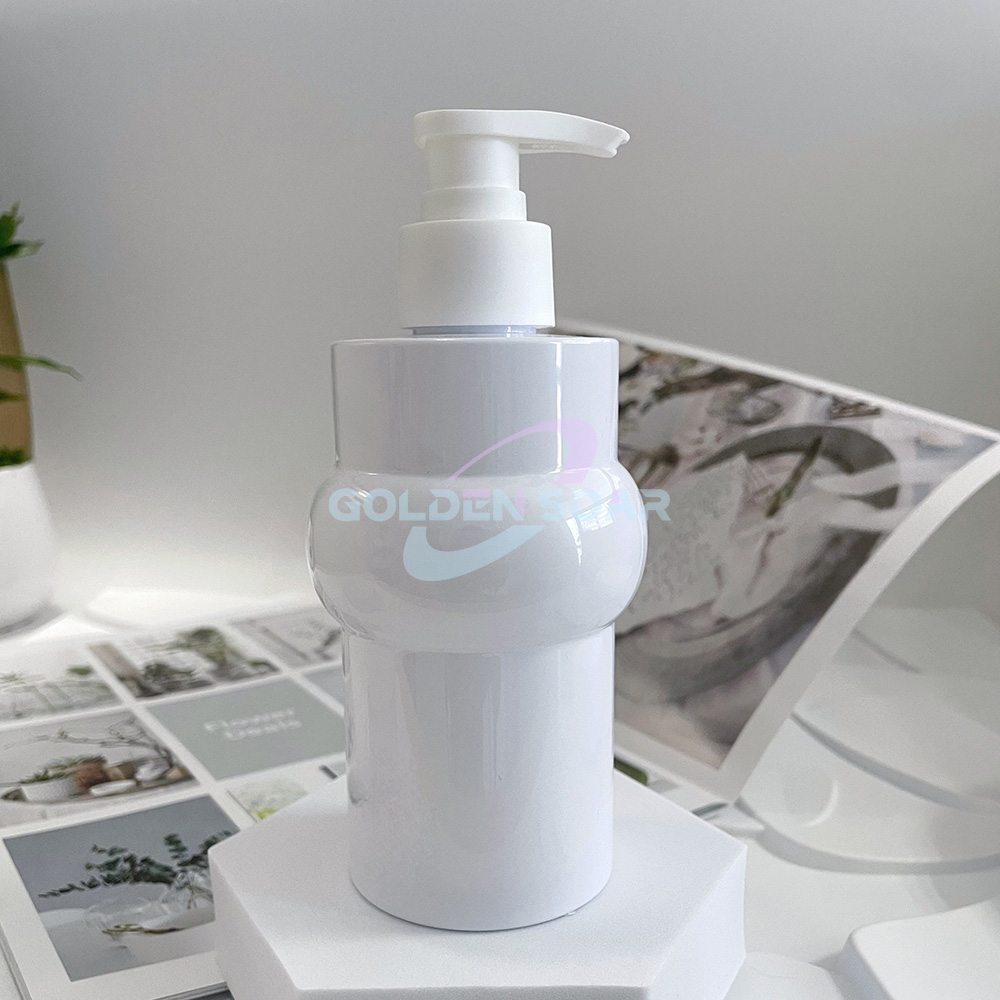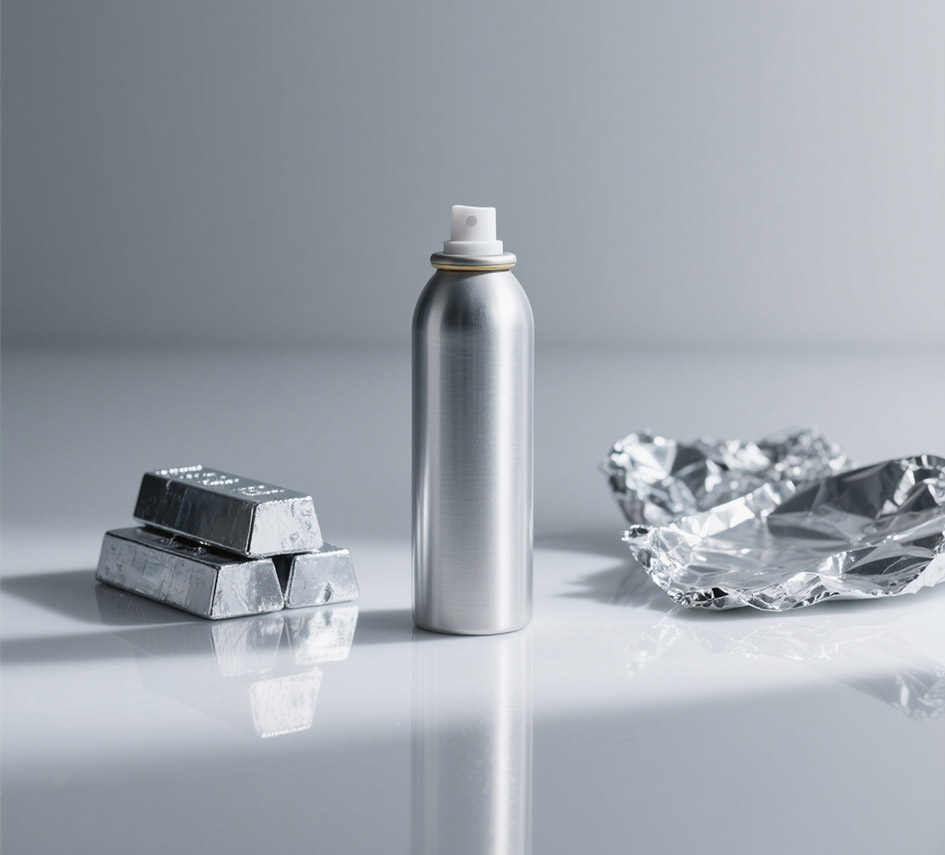
In today's world
{In today's green-focused society, the need for renewable wrapping alternatives is rising. A set of frequently utilized polymers in packaging are PE plastic, polypropylene (PP), and polyethylene terephthalate substance. Each polymer offers unique specifications that make it fit for various applications. Polyethylene is a elastic plastic often used in liners, while polypropylene is known for its sturdiness and is commonly found in cases. PET, on the other hand, is see-through and nimble, making it a popular choice for drink containers.
{When favoring sustainable packaging, it's crucial to weigh factors such as the eco-repairability of the polymer, its sustainability score, and its functionality.
Merits of PET Packaging in Food and Beverage
{PET coverings have become a popular choice for the food and beverage industry due to their numerous merits. One key advantage is its lightweight nature, which translates to reduced delivery costs and a smaller carbon footprint. PET is also sustainably processable, making it an environmentally ethical option. Furthermore, its transparent guise allows for product visibility, enticing consumers and enhancing brand presentation.
- Additionally, PET's durability protects items from damage during handling and safekeeping, ensuring freshness and quality.
- As a result of its barrier properties, PET effectively avoids the entry of moisture, oxygen, and debris, preserving product flavor and safety.
To sum up, PET cases offer a beneficial solution for the food and beverage industry, combining cost-effectiveness with earth-conscious considerations.
Polypropylene Covers: Flexibility and Endurance in Consumer Products
{Polypropylene shells, commonly known as PP, has emerged as a leading choice for consumer goods due to its exceptional versatility and durability. Such attributes make it ideal for a wide range of applications, from food storage to household items. The inherent strength of PP provides excellent protection against impact, scraping, ensuring the integrity of the product throughout its lifecycle. Furthermore, PP's toughness to withstand a variety of temperatures and environmental conditions makes it suitable for both indoor and outdoor use.
- PP packaging offers a high level of recoverability, minimizing its environmental effect.
- Manufacturers often utilize PP to create lightweight and compact packaging solutions, reducing transportation spending, and promoting resource stewardship.
- The smooth surface of PP makes it easy to print on, allowing for clear and vibrant product identification.
In conclusion, PP packaging's combination of durability, versatility, and sustainability has firmly established it as a preferred choice for protecting and presenting consumer goods in today's market.
Aluminium material's in Premium and Protective Packaging
{Aluminum has emerged as a essential material in the sphere of premium and protective packaging. Its inherent qualities make it an ideal choice for safeguarding items during transport and storage. Aluminum's endurance provides exceptional shield against exterior factors such as moisture, oxygen, and light, ensuring product integrity and extending shelf life. Furthermore, aluminum's appearance appeal contributes to the premium perception of packaged goods, enhancing brand prominence.
Evaluating Qualities of PE, PET, PP, Aluminum
{Various plastics and metals possess distinct unique characteristics that influence their applications. Polyethylene compound, commonly known as PE, is renowned for its flexibility and low cost, making it suitable for packaging and envelopes. Polyethylene terephthalate commonly referred to as PET exhibits high hardiness and clarity, finding use in beverage bottles and textiles. Polypropylene element, or PP, demonstrates toughness and chemical resistance, granting fitness for items like containers and automotive parts. Aluminum, a light metal, stands out due to its remarkable conductivity and recyclability, driving applications ranging from cans to construction materials.
Nature-Supportive Alternatives: Biodegradable and Compostable Options
{In today's world, it's more important than ever to lower our impact on the planet. One way to do this is by opting for environmentally safe alternatives to habitual products. Biodegradable and compostable options offer a remarkable solution to debris problems. These materials decay naturally over time, renewing valuable nutrients to the soil.
- Demonstrations of biodegradable and compostable products involve food carriers, carriers, and even apparel.
- By choosing these selections, we can preserve natural resources and build a more sustainable future.
Innovations in Flexible Packaging: PE Films and Laminates
{The flexible packaging industry continuously strives to develop innovative solutions that meet the evolving demands of consumers and manufacturers. Polyethylene (PE) films and laminates have emerged as key players in this landscape, offering a wide range of properties such as strength, durability, barrier performance, and versatility. Recent breakthroughs in PE film technology have led to the creation of high-performance materials with improved puncture resistance, tear strength, and chemical resistance. These enhancements equip the packaging of a diverse range of products, from food and beverages to pharmaceuticals and personal care items.
- What's more, advancements in lamination techniques have allowed for the integration of multiple layers of PE film with other materials such as resins and metallized foils. This multi-layered approach enhances the protective capabilities of packaging, providing superior barrier properties against moisture, oxygen, and light.
- Consequently, flexible PE films and laminates are increasingly being implemented in sustainable packaging solutions. Their lightweight nature reduces transportation costs and diminishes the environmental impact associated with packaging waste.
Examining the Influence
{In an era defined by environmental consciousness, the impact of packaging on sustainability has come under intense scrutiny. Traditionally, packaging has been viewed as a linear system, where materials are extracted, processed, used once and then discarded. However, embracing a circular economy approach presents a transformative solution. This paradigm emphasizes reducing waste by reusing, repairing, and recycling packaging materials, minimizing the depletion of resources and environmental impact. By implementing innovative design strategies and fostering collaboration across the supply chain, businesses can create a closed-loop system where packaging becomes a valuable resource rather than a source of pollution.
- A circular economy approach to packaging prioritizes the reuse and recycling of materials.
- Novel design strategies play a crucial role in minimizing packaging waste.
- Collaboration across the supply chain is essential for achieving a truly sustainable system.
Guidelines and Commodities for Packaging
{Packaging components are subject to a variety of ordinances designed to ensure the safety of consumers and the nature. These provisions often define the types of constituents that can be used, as well as boundaries on packagingmakeup to minimize potential hazards. Following with these ordinances is crucial for builders to avoid charges. These laws can vary from territory to territory, so it is Silicone Packaging critical for businesses to research the specific guidelines that apply to their commodities. A standard end of packaging regulations is to guarantee planet care. This usually involves boosting the use of recycled materials and reducing packaging disposal.
Enhancing Packaging Efficiency
{In today's dynamic market, packaging/product containment are constantly seeking innovation/optimization/advancements to enhance both the performance/efficacy/effectiveness of their packaging and its environmental footprint. Lightweighting/Material optimization/Reducing density emerges as a key strategy in achieving this balance. By strategically/intelligently/carefully reducing the weight of packaging materials without compromising protection/integrity/security, manufacturers can achieve significant benefits/gains/advantages. These include lowered/reduced/diminished transportation costs, minimized/decreased/limited environmental impact through lesser/reduced/minimal resource consumption and waste generation/emissions, and improved/enhanced/optimized shelf appeal due to a more streamlined/compact/efficient design.
- Additionally/Furthermore/Moreover, lighter packaging can often lead to increased/enhanced/boosted product stackability, allowing for greater/more/superior storage efficiency and potentially lowering/reducing/minimizing overall shipping volumes.
Therefore/Consequently/As a result, investments/initiatives/commitments in lightweighting represent a strategic/forward-thinking/proactive step towards sustainable/eco-conscious/responsible packaging solutions that meet the demands of both consumers and the planet.
Choosing the Right Packaging Material: Factors to Consider
When it comes to packaging your products, the choice of material is vital. It's not just about presentation; the right packaging needs to safeguard your items during transit and meet specific specifications. Here are some crucial factors to take into account:
- Classification of Goods
- Strength
- Ecological Footprint
- Budget considerations
- Branding and Aesthetics
By thoughtfully considering these factors, you can select the perfect packaging material to accentuate your products while assuring their preservation. 